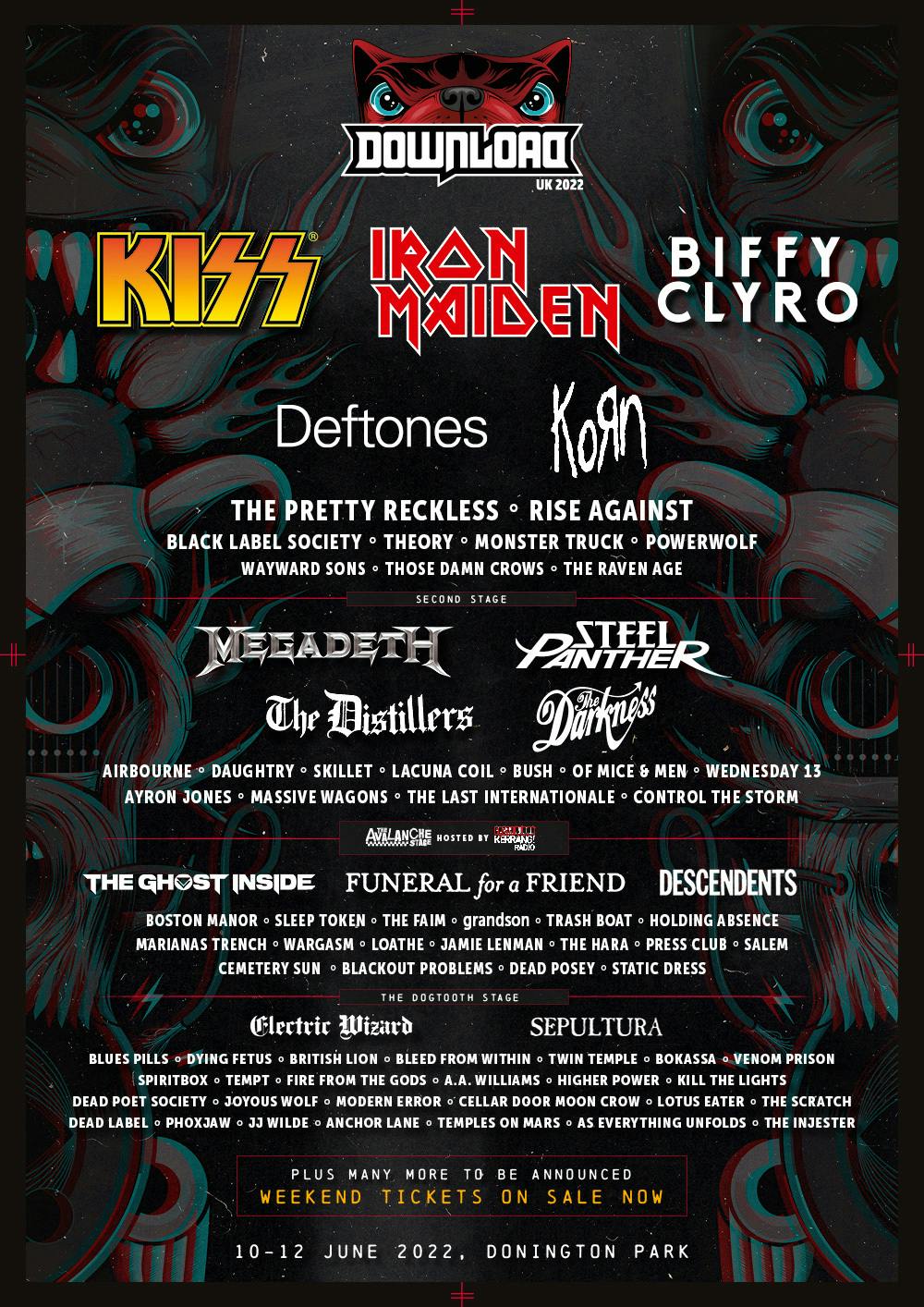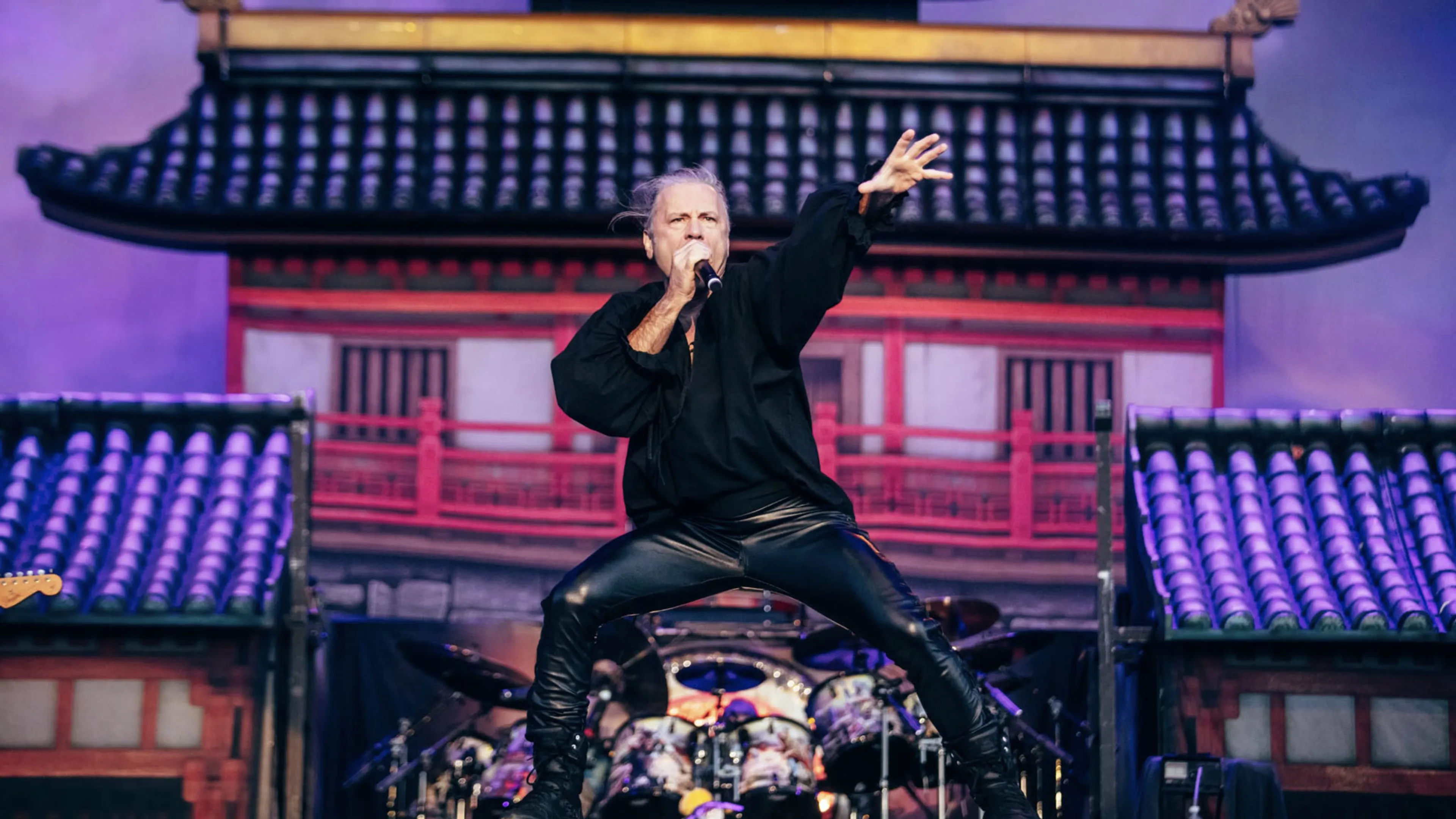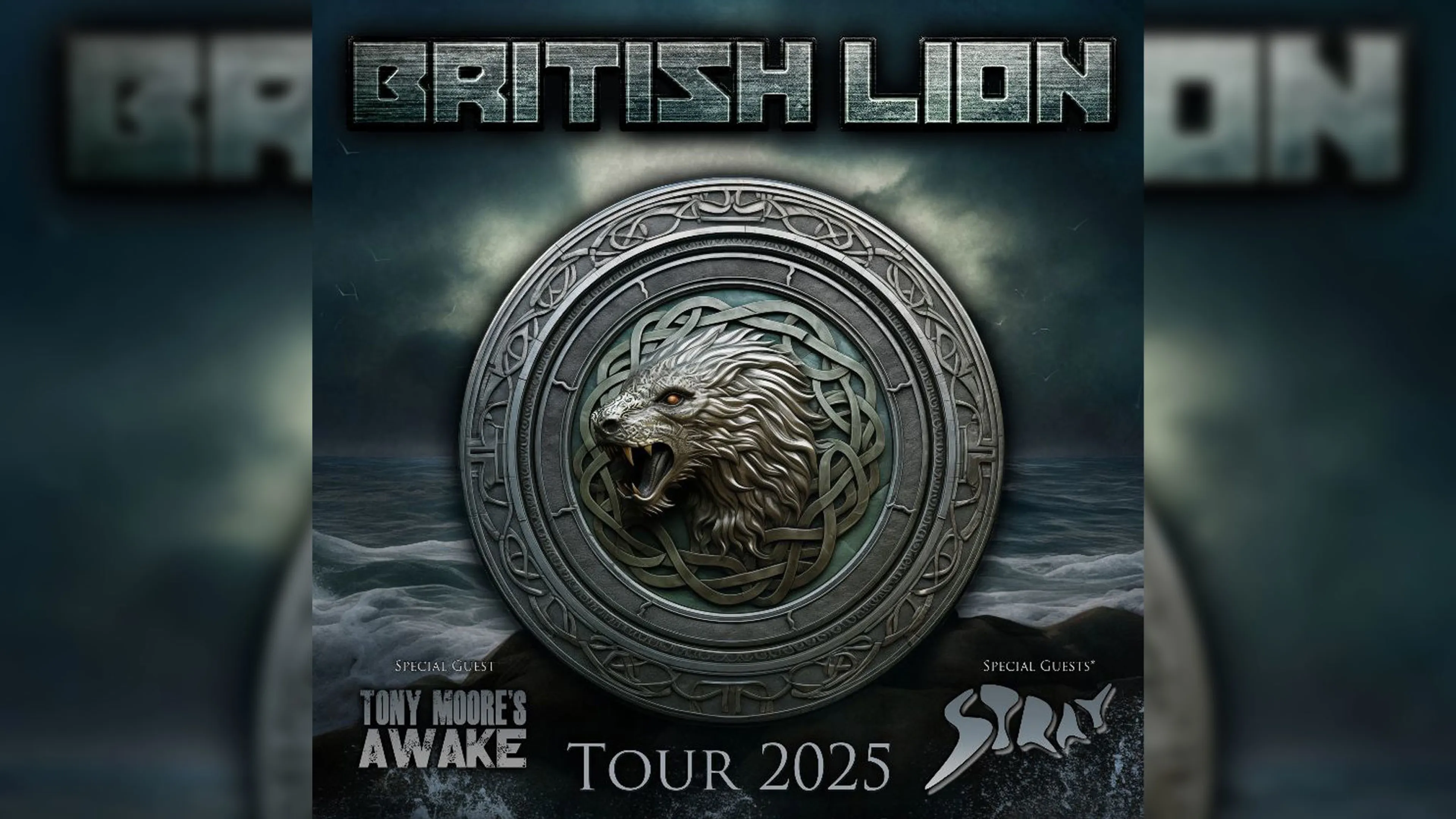Now, as with the documentary, Bruce stresses that the film is about the people there, and his show is simply context. He was there for less than a week. The people who went to see him would continue living in a warzone in which power and water were frequently cut off, until the war ended in 1996. So brutal was the violence that 14,000 people – many of them civilians – lost their lives, and in the aftermath, high-ranking Serbian army officers were convicted of crimes against humanity.
Read this: Iron Maiden's Bruce Dickinson on the shows that made him who he is
"The few incredible days I spent in Sarajevo with my solo band pre-Christmas in 1994 were some of the most intense of my life,” explains Bruce. "Crafting a story to bring the emotions, madness, tragedy and triumph to the screen is no easy task. My own journey was as a long-haired heavy metal singer driving through firefights into a city that had been under siege longer than Stalingrad. Mine was not, of course, the only journey taken on that day, and afterwards, at home in London, I left behind in Sarajevo travelling companions on the road of life. This movie is actually dedicated to their story, not mine."







